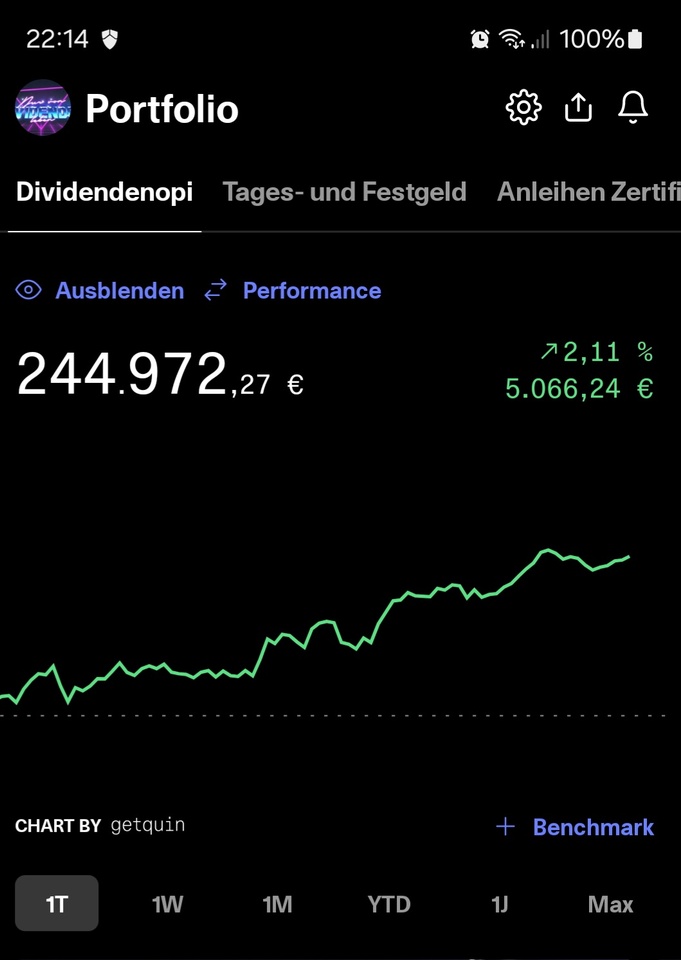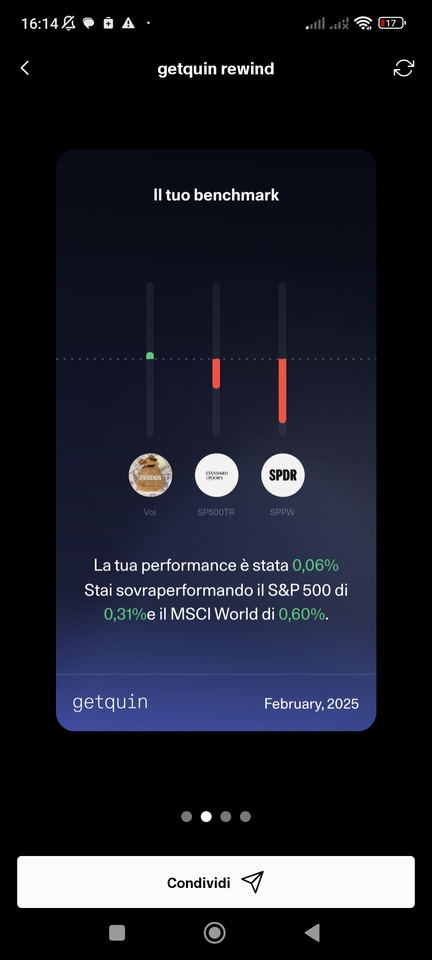Imagine you own shares in a company - let's say 100 shares in Apple. You believe that the share price will tend to move sideways in the near future. Instead of simply holding on, you can generate extra income with covered calls.
This is how it works:
- You own the shares (hence "covered").
- You sell a call option on these shares. This gives someone else the right to buy your shares at a certain price (strike) up to a certain date.
- You receive a premium for this sale - and that is your income.
What can happen?
1. the price remains below the strike:
=> Nobody exercises the option, you keep your shares and the premium. Win!
2. price rises above the strike:
=> Your shares are "taken", you have to sell them at the strike. You receive less than the current market price, but you keep the premium.
What is this good for?
- Additional income in sideways markets.
- Some risk protection through the premium.
The risks?
- Limited profit potential (because you have to sell the shares if they rise sharply).
- If the share falls sharply, the premium only protects you a little - you still bear the price risk.
In short: covered calls are like rental income for your shares - you give up profits but collect regular premiums (dividends, etc.).
$SPYI
$QQQI
$QYLE (+0,09 %)
$AAPL (-5,01 %)
$MSFT (-2,35 %)
$AMZN (-3,07 %)
$GOOGL (-2,85 %)
$RHM (-3,64 %)
$NVDA (-3,43 %)
$NOVO B (-1,67 %)
$O (-1,29 %)
$NKE (-6,6 %)
$TSLA (+0,75 %)
















